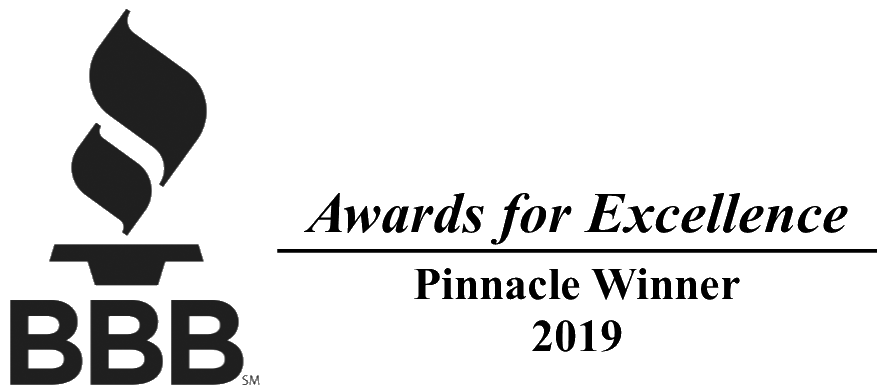Professional Crime Scene Cleaning Business
Crime scene cleaning businesses help families cleanup after traumatic event, such as a suicide or a homicide, occurs in their home. It is important to remember that a lot goes into crime scene cleaning, and doing it the right way takes more than just a mop and bucket. Professional crime scene cleaners, like Aftermath, have the training and experience necessary to safely rid your home of potential bloodborne pathogens left behind once a body is removed from a crime scene.
How Crime Scene Cleanup Works
 The job of a crime scene cleaner is to clean and sanitize properties that have been compromised by other potentially infectious materials (OPIM), often as the result of a violent crime or accident. Crime scene cleaners are also trained to sanitize sites that have been affected by tear gas, communicable diseases, hoarding situations, and unattended deaths.
The job of a crime scene cleaner is to clean and sanitize properties that have been compromised by other potentially infectious materials (OPIM), often as the result of a violent crime or accident. Crime scene cleaners are also trained to sanitize sites that have been affected by tear gas, communicable diseases, hoarding situations, and unattended deaths.
If this sounds easy, consider this: “Infectious hazards for individuals who routinely handle cadavers include tuberculosis, group A streptococcal infection, gastroenteritis, transmissible spongiform encephalopathies, hepatitis B, hepatitis C, HIV infection, and possibly meningitis and septicemia,” according to Oliver Morgan of the London School of Hygiene and Tropical Medicine.
Regulations and Compliance Currently, crime scene cleanup is not a federally regulated industry. However, there are several protocols that crime scene cleaners should follow to reduce the transmission of potential infections and to promote public health and safety.
Why Aftermath?
Aftermath, a crime scene cleaning business with almost 20 years of experience, has developed a checklist in an effort to maintain the highest standards in cleaning, sanitation, and safety compliance. We follow this checklist during every job that we approach and urge all crime scene cleaning businesses to do the same:
- Personal protective equipment (PPE). PPE can include goggles, shoe coverings, biohazard suits, double layer gloves, and respiratory gear.
- Adequate training for employees. This includes job-specific training, OSHA bloodborne pathogen training, PPE training, respiratory training, hazardous communication training, heat-illness awareness training, and waste handling/transporting training. Aftermath also has a training facility where our employees can learn the ins-and-outs of the business through simulated biohazardous training scenes.
- Proof of insurance. This includes workers’ compensation, commercial liability, environmental liability, and company vehicle insurance as well as insurance to protect against theft or property damage.
- Hepatitis B vaccinations for employees. Due to the nature of the job, it is imperative that crime scene technicians get vaccinated for HBV.
- And more. Review Aftermath’s complete 28-point checklist, here.
Aside from cleaning your home, our technicians to offer appropriate support to the families we serve and to treat each customer with genuine compassion throughout the cleaning process. If you’re looking for a crime scene cleaning business near you, call Aftermath at
———-
Sources:
http://work.chron.com/much-money-can-make-annually-cleaning-crime-scenes-19555.html
http://rgs.usu.edu/ehs/htm/programs-and-services/biological-safety/potentially-infectious-material
http://publications.paho.org/pdf/dead_bodies.pdf
http://www.aftermath.com/biohazard-company/crime-cleanup-28-point-checklist/
http://www.aftermath.com/wp-content/uploads/28PointChecklist.pdf
http://aftermath.atsondemand.com/
 877-872-4339
877-872-4339  Contact Us
Contact Us 






